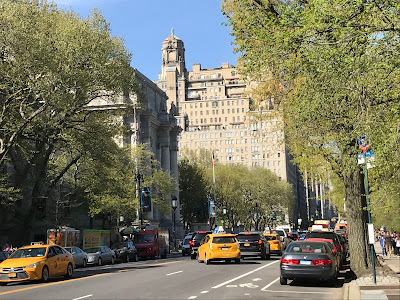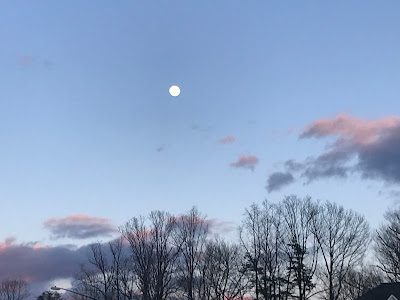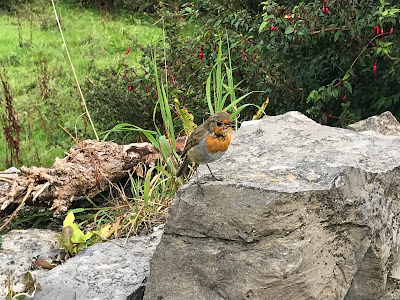Humidity of Home
It’s not that Manhattan defies seasons, not completely. It can be stiflingly hot there, and bitterly cold. But weather does not rule as it does in other places I’ve lived.
I remember my first winter in the city, being amazed when snow finally stuck on the pavement. I thought that all the heat underground — the subway, smoke belching from grates — would make it impossible for white stuff to accumulate. It eventually did, of course, but the city itself is an excellent distraction from all things meteorological.
All this is to say that last week I was ensconced in a season-free bubble, so this week I open my eyes (and my pores) to the new season in town: summer. I know this not just from the calendar, and the writing on the street, but from the humidity, which began building Saturday and is now gearing up for a sticky, months-long run.
What can I say — it can be miserable, to be sure, but it’s the humidity of home.










